
Jones Bridge: Manila’s Living History, The Magnificent Revival
The newly restored Jones Bridge is easily recognizable by its beautifully designed black lamp posts—the same ones that were there when the bridge was first
The Polo Church, formally known as the San Diego de Alcala Church, resides in the Polo neighborhood of Valenzuela City, Metro Manila. This church has a captivating history deeply intertwined with the local community.
The Polo Church, formally known as the San Diego de Alcala Church, resides in the Polo neighborhood of Valenzuela City, Metro Manila. This church has a captivating history deeply intertwined with the local community.
The Polo Church, formally known as the San Diego de Alcala Church, resides in the Polo neighborhood of Valenzuela City, Metro Manila. This church has a captivating history deeply intertwined with the local community.

Dating back to 1632, the church’s construction was a collaborative effort led by Father Juan Taranto, Father Jose Valencia, and Don Juan Monsod. This initiative took shape after the town gained independence from Spain in 1623. The locals played a vital role in building the original church, showcasing their resilience and dedication.

Tragically, during World War II and the Japanese occupation of the Philippines, the main structure of this centuries-old edifice was reduced to rubble. Today, only the belfry and the entrance remain as silent witnesses to the church’s storied past.


The resilient citizens of Polo took it upon themselves to preserve what was left, transforming the site into a historical gem. The Polo Church, particularly its surviving bell tower, now stands as a cultural and religious relic from the Spanish era, holding significance as a cherished historical landmark.
For those interested in exploring the rich history of the area, a visit to the Polo Church is a must. Consider timing your visit with the feast day of San Diego de Alcala on November 12th, which coincides with a vibrant food festival celebrating the unique putong polo, a local rice cake delicacy.

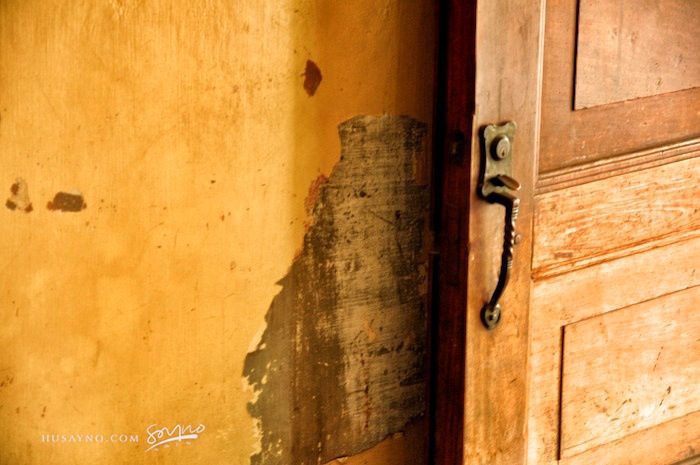
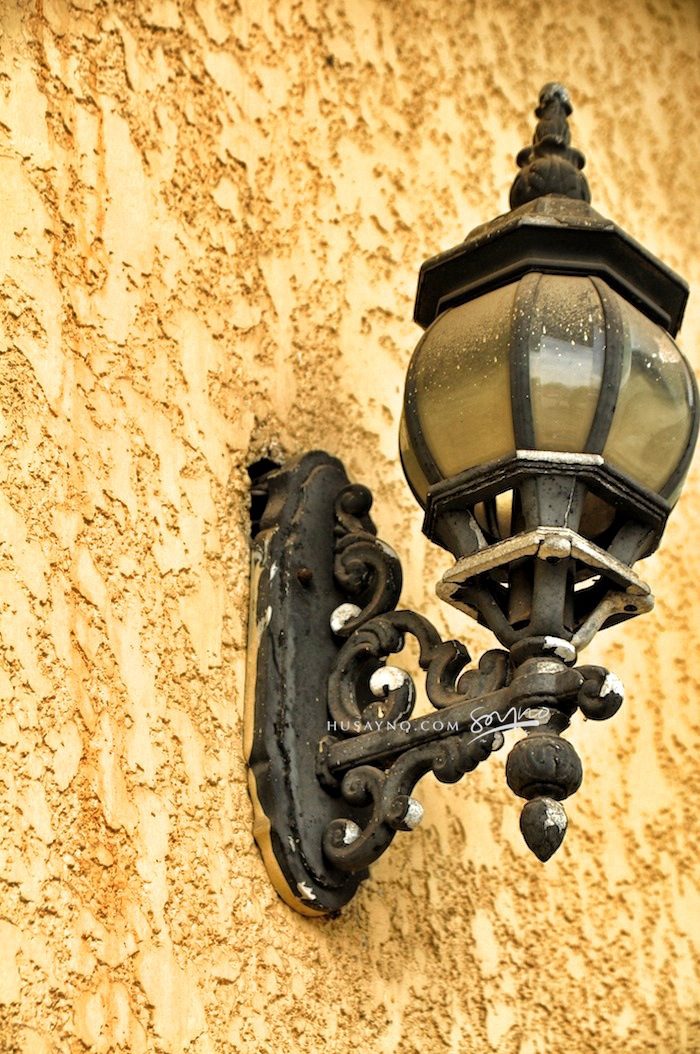


RELATED STORIES

The newly restored Jones Bridge is easily recognizable by its beautifully designed black lamp posts—the same ones that were there when the bridge was first

The Padre Pio Chapel, also known as the St. Pio of Pietrelcina Chapel, holds a special place in my heart as a photographer. It revealed

Known as the main post office of Manila and the head office of the Philippine Postal Corporation, the Manila Central Post Office is the main
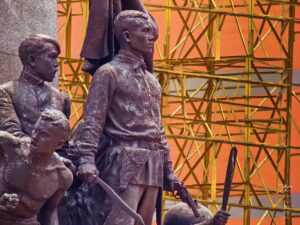
The Bonifacio Monument, also called Bonifacio Monumento or Monumento, proudly stands in Caloocan City, Metro Manila. It is a powerful symbol created by the National


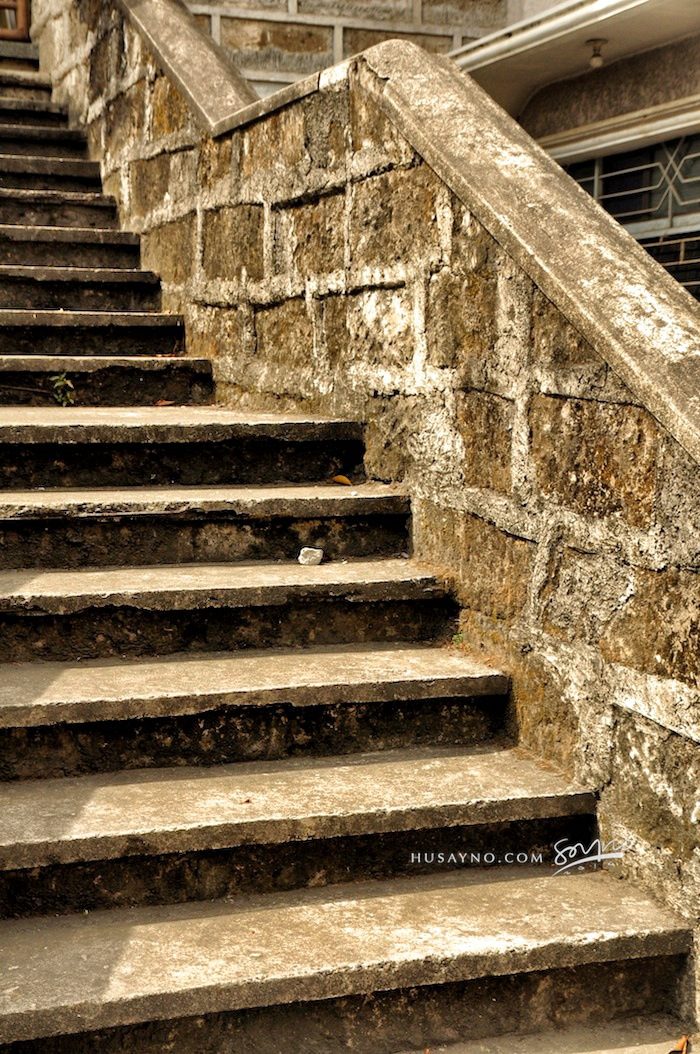
A good time to visit the historical church is during the feast day of San Diego de Alcalala on the 12th of November during which the town also celebrates a food festival honoring the so-called putong polo, a unique type of rice cake that is typical in the area.
A good time to visit the historical church is during the feast day of San Diego de Alcalala on the 12th of November during which the town also celebrates a food festival honoring the so-called putong polo, a unique type of rice cake that is typical in the area.
I’m looking forward to the stories and images leaving a lasting positive impression on you, just as they have on me. Stay connected with us on social media for a weekly exploration of travel assignments and breathtaking visuals. Our focus is on championing local tourism, showcasing small businesses, and honoring the magnificence of the Philippines through the content we curate. Join us in spreading the word by clicking the ‘share’ buttons below. Your support means the world to us.
EXPLORE MORE about

The Cultural Center of the Philippines or CCP was founded in 1966 under the directive of former President Ferdinand Marcos, in order to reinforce and

The Bonifacio Monument, also called Bonifacio Monumento or Monumento, proudly stands in Caloocan City, Metro Manila. It is a powerful symbol created by the National

As the nation’s first ever world-class marine theme park, Manila Ocean Park is located in Ermita Manila, within the Philippines’ largest urban resort/aqua-themed hotel complex

I experienced the vibrant and colorful life of downtown in full. I took some time to appreciate the beauty of Santa Cruz Church and Plaza
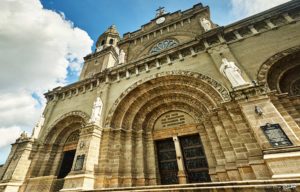
Originally built in 1880, the Manila Cathedral is the current version of the longstanding Church of Manila. It is a masterpiece of architecture that was

It is the home of the popular Asian elephant, Mali, as well as 90 other species. As well as being a landmark in Manila, the

It is always a surprise for buildings, parks and houses to survive such wars as it is almost inevitable that everything will be brought down

Casa Manila is a living museum that features the lifestyle of a wealthy Filipino family living during the last years of the Spanish colonial period,

The city of Makati is a highly urbanized place in the country, making it the nation’s financial center. As a result, it has the highest

Known as one of the most important baroque churches in the Philippines and as one of the only four baroque churches in the Philippines that

Explore the vibrant tapestry of Manila through its four national museums, each a unique gem in the city’s cultural crown. These four distinguished establishments are

The San Agustin Museum is located adjacent to the UNESCO World Heritage Site, San Agustin Church. It is located in Intramuros—the walled city of Manila—and

The Padre Pio Chapel, also known as the St. Pio of Pietrelcina Chapel, holds a special place in my heart as a photographer. It revealed

The Binondo Church is a historic church in Manila, located in the District of Binondo, near the Plaza San Lorenzo Ruiz. It was previously called

Located along Roxas Boulevard, Manila and adjacent to the century-old walled city of Intramuros, the Luneta National Park, or “Luneta” as many refer to it,

Known as the main post office of Manila and the head office of the Philippine Postal Corporation, the Manila Central Post Office is the main

It is considered to be one of the world’s great harbors, the Manila Bay, and it serves as the Port of Manila, Philippines. Having once

Manila American Cemetery and Memorial is located in the heart of Taguig City on the lands of Fort Bonifacio and serves as the largest grave
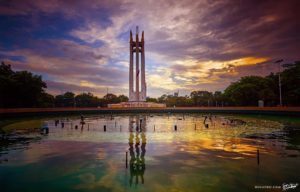
One of Quezon City’s main parks is the Quezon Memorial Circle, which is located in Quezon City and is surrounded by an elliptical road, making

The Manila Abbey San Beda, or formally known as Abbey of Our Lady of Montserrat, is a Benedictine men’s monastery located along the streets of

As one of the oldest cemeteries in Manila, Campo Santo De La Loma, commonly referred to as the La Loma Cemetery, is one of the

The newly restored Jones Bridge is easily recognizable by its beautifully designed black lamp posts—the same ones that were there when the bridge was first

Plaza Miranda is a public square bounded by Quezon Boulevard, Hidalgo Street and Evangelista Street in Quiapo, Manila. It is the plaza which fronts the

It is also known as the Walled City, and during the Spanish Colonial Period it was synonymous with the city of Manila. Intramuros was also

In addition to being considered the oldest Chinatown in the world, Binondo Chinatown is also the center of trade and commerce in Manila City. In

Located in the heart of the Taguig City, the Venice Grand Canal is a lifestyle mall development under the Megaworld Lifestyle Malls Located inside the
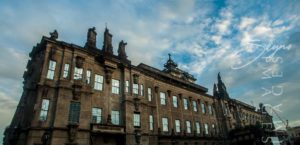
UST, also known as the University of Santo Tomas, is a private Roman Catholic university located in Sampaloc, Manila. It was founded on 28 April

San Sebastian Church is a Roman Catholic Minor Basilica located in Quiapo, Manila. It’s also known as Minor Basilica of San Sebastian or San Sebastian
BROWSE BY CATEGORIES